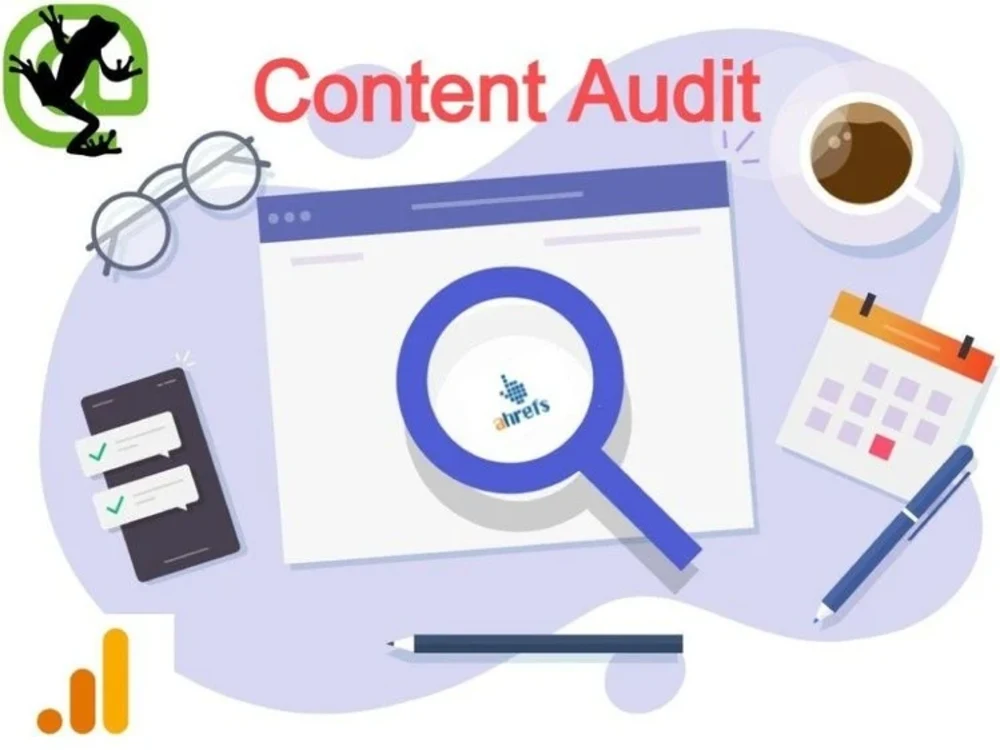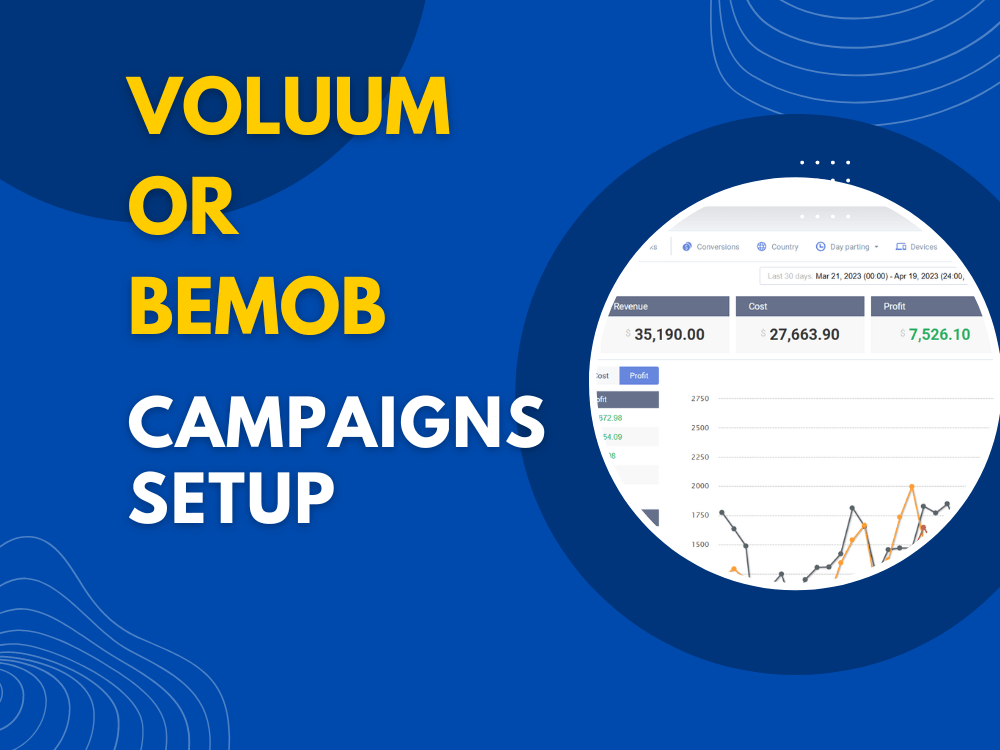Description
Enhance the effectiveness of your website’s content marketing strategy through a thorough content and copy audit. This process will identify strengths and weaknesses in your existing content, align it with your marketing goals, and provide actionable recommendations to optimize content performance and engagement.
Scope of Audit:
- Content Inventory:
- Compile a comprehensive inventory of all existing website content, including blog posts, landing pages, product descriptions, case studies, whitepapers, and multimedia content.
- Categorize content by type, purpose, and target audience.
- Content Performance Analysis:
- Evaluate key performance metrics such as page views, bounce rates, time on page, conversion rates, and social shares.
- Analyze SEO performance, including keyword rankings, organic traffic, and backlink profiles.
- Content Quality Assessment:
- Review the clarity, relevance, and accuracy of content. Ensure it meets the needs of your target audience and aligns with your brand voice and messaging.
- Check for consistency in tone, style, and formatting across all content.
- Content Relevance and Alignment:
- Assess how well current content aligns with your business goals, target audience personas, and overall marketing strategy.
- Identify gaps where content may be outdated, irrelevant, or missing entirely.
- SEO and Keyword Analysis:
- Evaluate the effectiveness of keyword usage and on-page SEO elements (titles, meta descriptions, headers, etc.).
- Identify opportunities for keyword optimization and content enhancement to improve search engine rankings.
- Competitor Benchmarking:
- Analyze competitor websites to understand their content strategies, strengths, and weaknesses.
- Identify industry best practices and potential areas for differentiation.
- User Experience (UX) Review:
- Assess the readability and accessibility of content, including mobile-friendliness and ease of navigation.
- Review content layout and visual elements to ensure they enhance user engagement and comprehension.
- Content Engagement Analysis:
- Evaluate user engagement metrics such as comments, shares, and click-through rates.
- Identify high-performing content and areas where engagement can be improved.
- Actionable Recommendations:
- Provide a detailed report with specific recommendations for content optimization, including content updates, new content creation, and strategic adjustments.
- Suggest improvements in SEO, UX, and overall content strategy to enhance effectiveness and achieve marketing goals.
- Implementation Plan:
- Develop a prioritized action plan for implementing recommendations, including timelines and responsibilities.
- Outline steps for ongoing content evaluation and optimization to ensure continued alignment with evolving marketing strategies.
About Freelancer
I am here to assist my clients remotely in achieving their online marketing goals quickly and efficiently.
I have helped hundreds of start-ups, digital media agencies, and businesses locally and internationally.
I believe in making long-term relationships with my clients through my quality, result-oriented services, transparency, and welcoming attitude.
⬇️ Here is the list of services I provide:
++++++++++++++++++++++++++++++++
🚀 SEO ~ Keyword Research, On-Page SEO(On-Site SEO), Off-Page SEO, Technical SEO
🗺️ Local SEO ~ Optimizing for Google Map Pack/Local 3-Pack, Local Keyword Research, Adding NAP Citations, Adding/Analyzing Local Business Listings, Google My Business (GMB) Profile Optimization
🛒 E-commerce SEO ~ eCommerce Keyword Research, Building Optimized eCommerce Site Architecture, On-Page SEO for eCommerce Sites, Technical SEO for eCommerce Sites, eCommerce Sites Link Building.
👍 User Experience (UX) Enhancement ~ SEO-friendly Web design, Improving Dwell Time, Bounce Rate, Organic CTR, Search Intent, & Core Web Vitals
💻 Website Management
📈 Website Performance & Strategy
📊 Competitive Analysis ~ Competitors Research, Competitors SWOT Analysis
✍🏼 Content Writing ~ SEO Writing, Article Writing & Blog Writing, CopyWriting
🔎 Editing & Proofreading
📢 Content Marketing ~ Content Marketing Strategy, Blogs/Article Sharing, Videos Sharing, Social Media Sharing, eBooks, Infographics
🧲 Inbound Marketing ~ Buyer Personas Creation, UX Design for Inbound Marketing, Producing Amazing Content, Content Promotion, Acquiring and retaining Customers
💼 Professional Development ~ LinkedIn Profile Writing, LinkedIn Profile Optimization, LinkedIn Lead Generation for B2B & B2C
💰 Lead Generation
Also, I am passionate about technology and keep myself up-to-date with emerging online marketing trends and tools.
⬇️ Tools I am familiar with:
++++++++++++++++++++++++
👉Keyword Research Tools ~ Google Keyword Planner, UbberSuggest, Ahrefs, and more
👉SEO Tools ~ Moz, Open Site Explorer, Ahrefs, ScreamingFrog, Majestic SEO, SEMrush, Internet Marketing Ninjas Tools, Ryte, Deepcrawl, and many more
👉CMS & Website Builders ~ WordPress, Shopify, Wix, Squarespace
👉WordPress SEO Tools ~ Yoast SEO, Rankmath SEO, and more
👉WordPress Page Builders ~ WPBakery Page Builder, Elementor, Avada, UX Builder
👉Content Writing/Content Marketing Tools ~ Grammarly, Surfer SEO, Siteliner, BuzzSumo, Answerthepublic, Quora, and more
👉Content AI Tools ~ AI Content Creation, ChatGPT, Bing AI (Bing Chat), Google Bard, GrammarlyGO
👉Website Performance & Speed Testing Tools ~ Google PageSpeed Insights, GTmetrix, Web Page Test, Pingdom Tools, Uptrends
👉SEO Backlinking/Link Building & Analysis Tools ~ Ahrefs, OpenSiteExplorer, Backlink watch, Xenu’s Link Sleuth
👉Project Management Tools ~ Notion, Airtable, Google Drive, Trello, Asana, and more
👉Conversion Rate Optimization (CRO) Tools
👉Design & Data Visualization Tools
👉Web Tracking Tools & many more!
Also, I am open to learning if a new tool is needed during the work.





Sunday –
He conducted an in-depth analysis of our website content and highlighted key areas that needed improvement. The recommendations were spot-on, and his insights helped us develop a more effective content marketing strategy.
Busayo –
The content audit delivered by this freelancer was detailed and incredibly valuable. He pinpointed areas for improvement and provided clear, practical recommendations that transformed our website’s copy.
Adenike –
Working with this freelancer for a content audit was one of the best decisions we’ve made for our marketing strategy! He provided a thorough review of our website’s content, offering actionable insights that significantly improved our messaging and engagement.